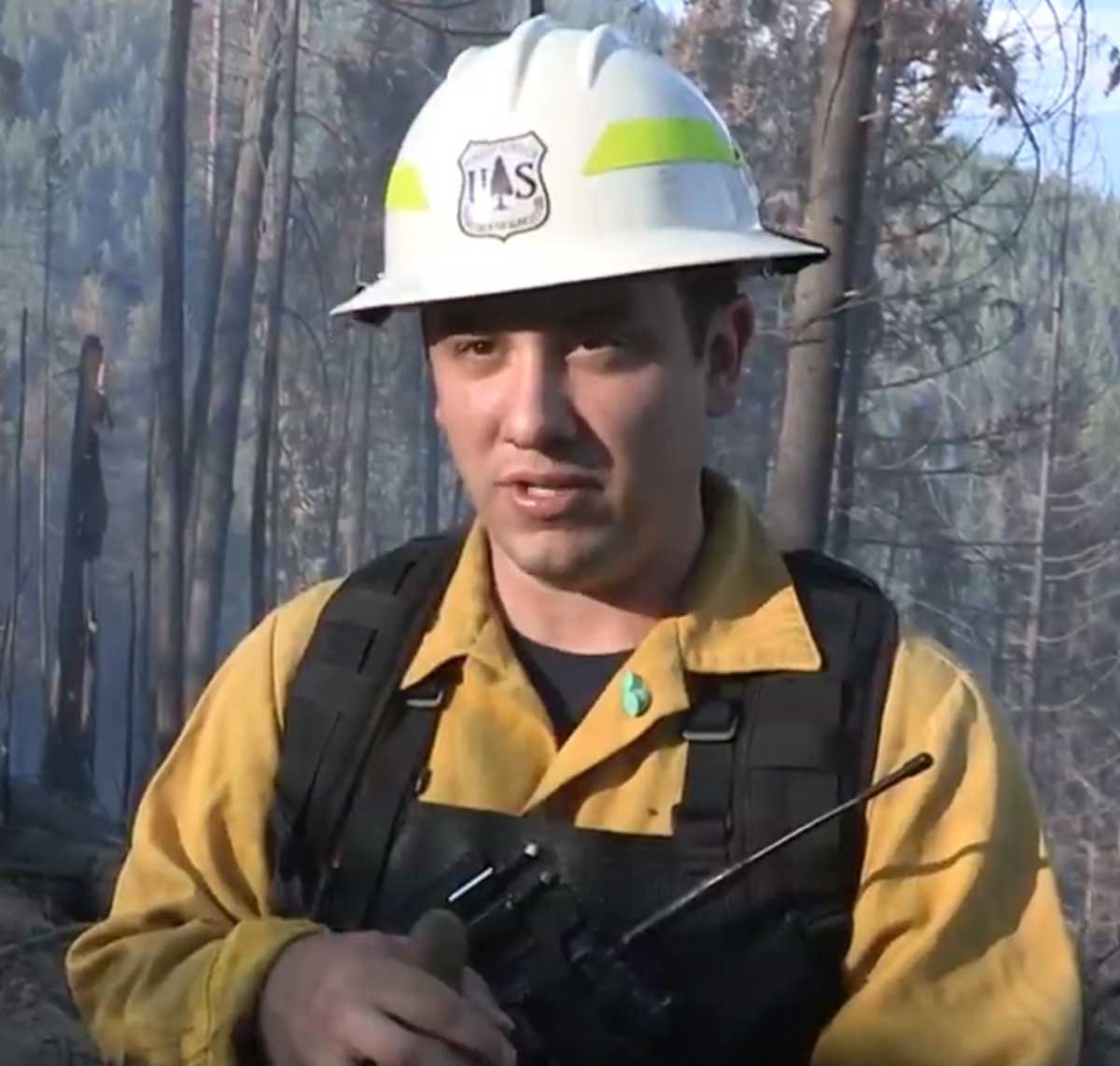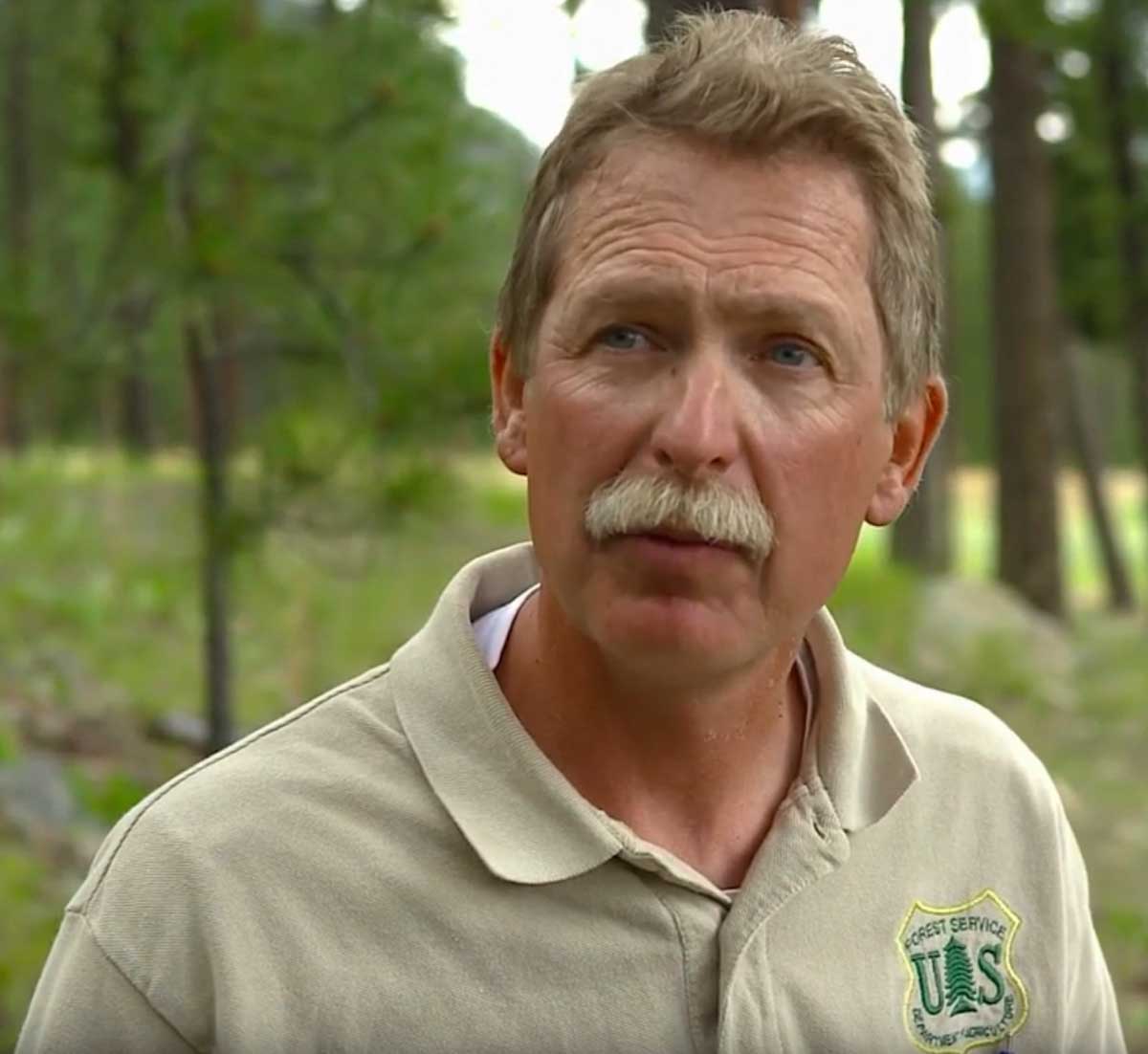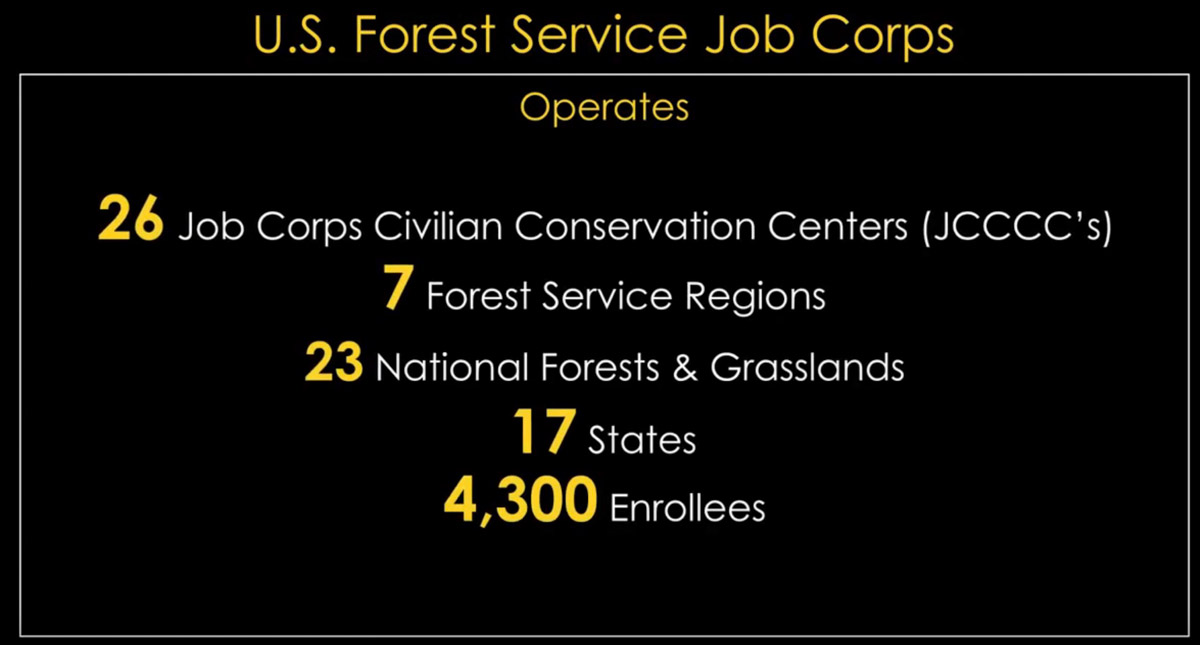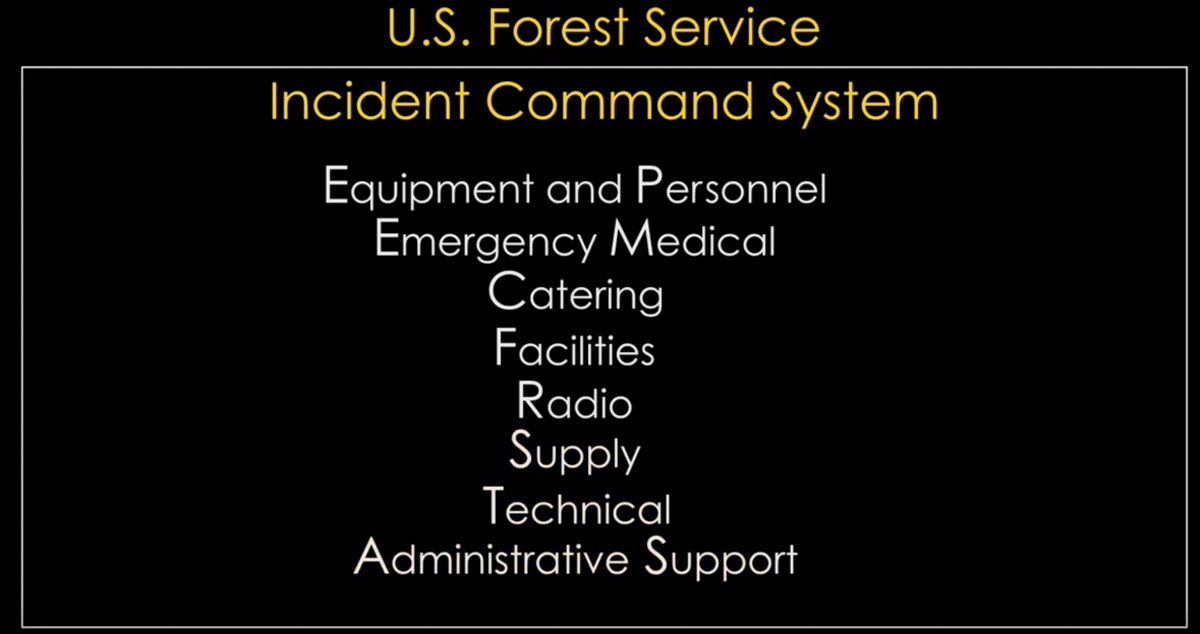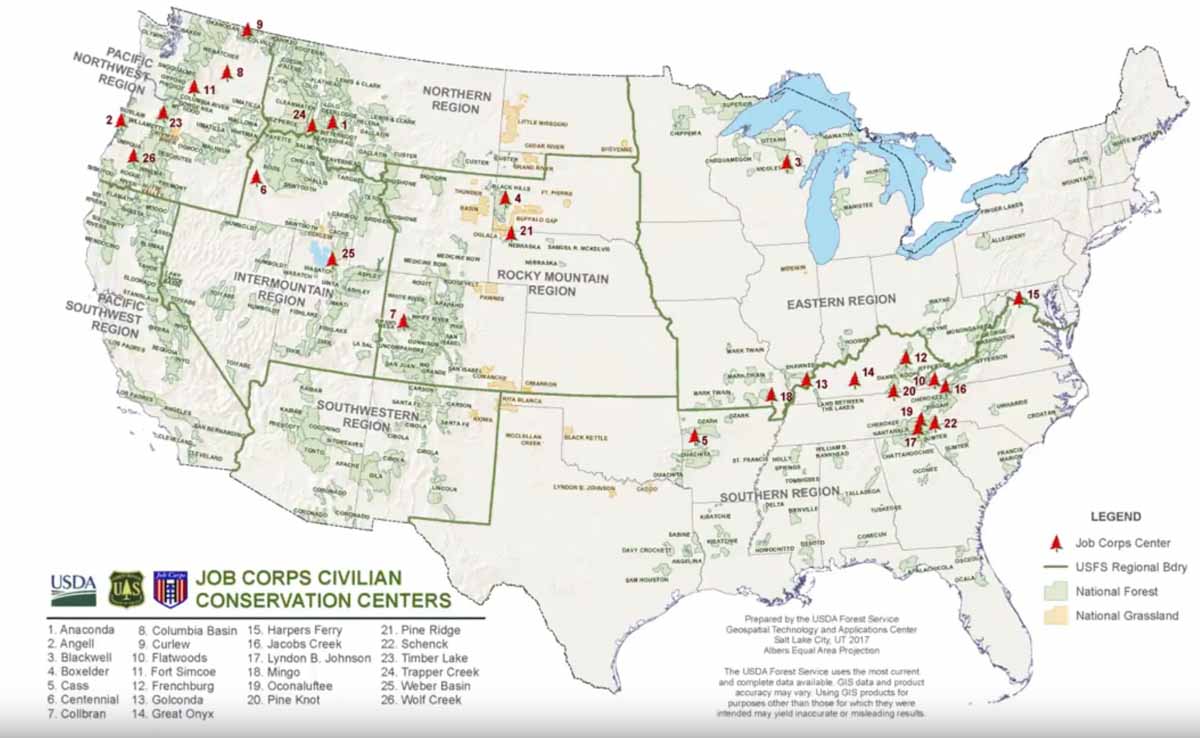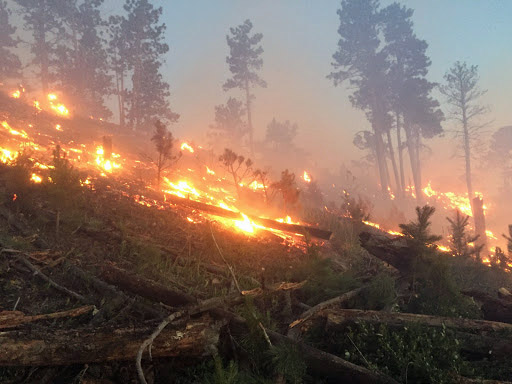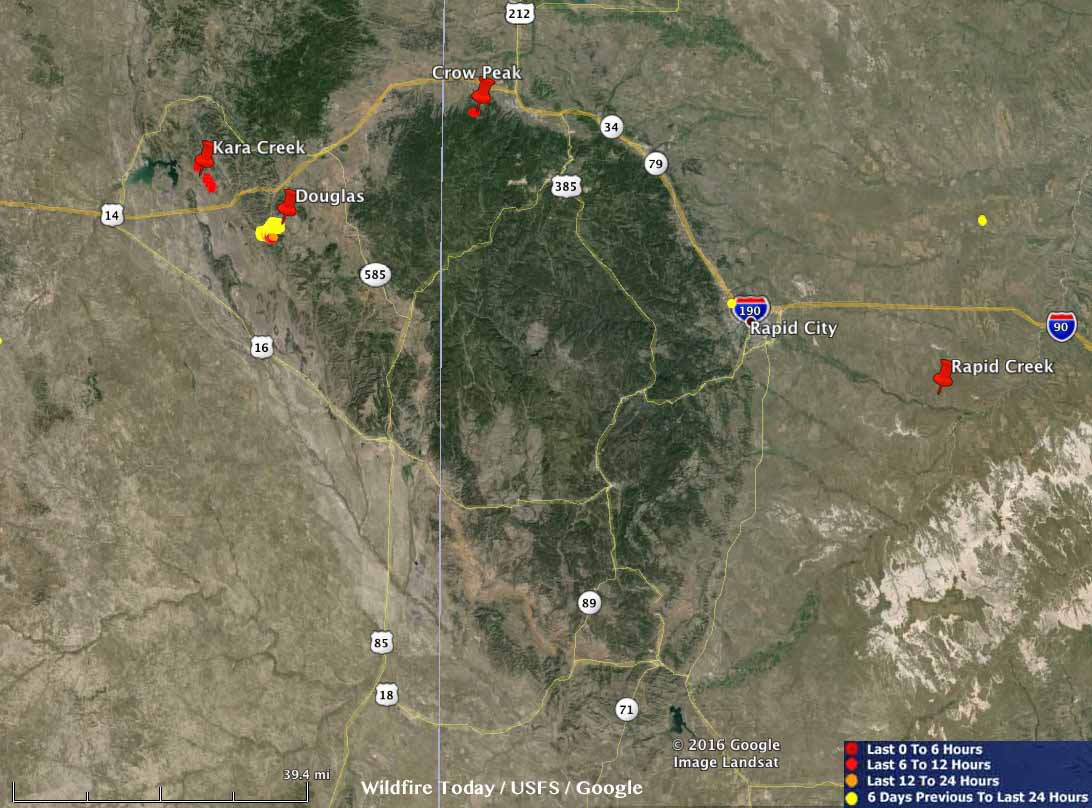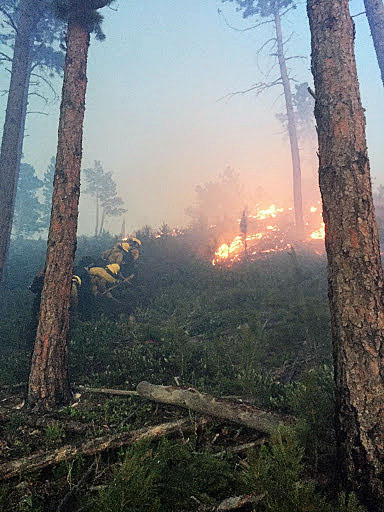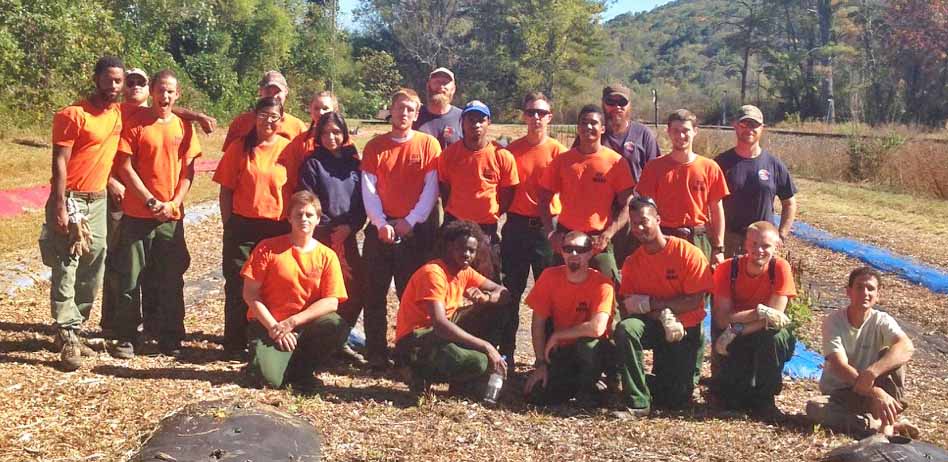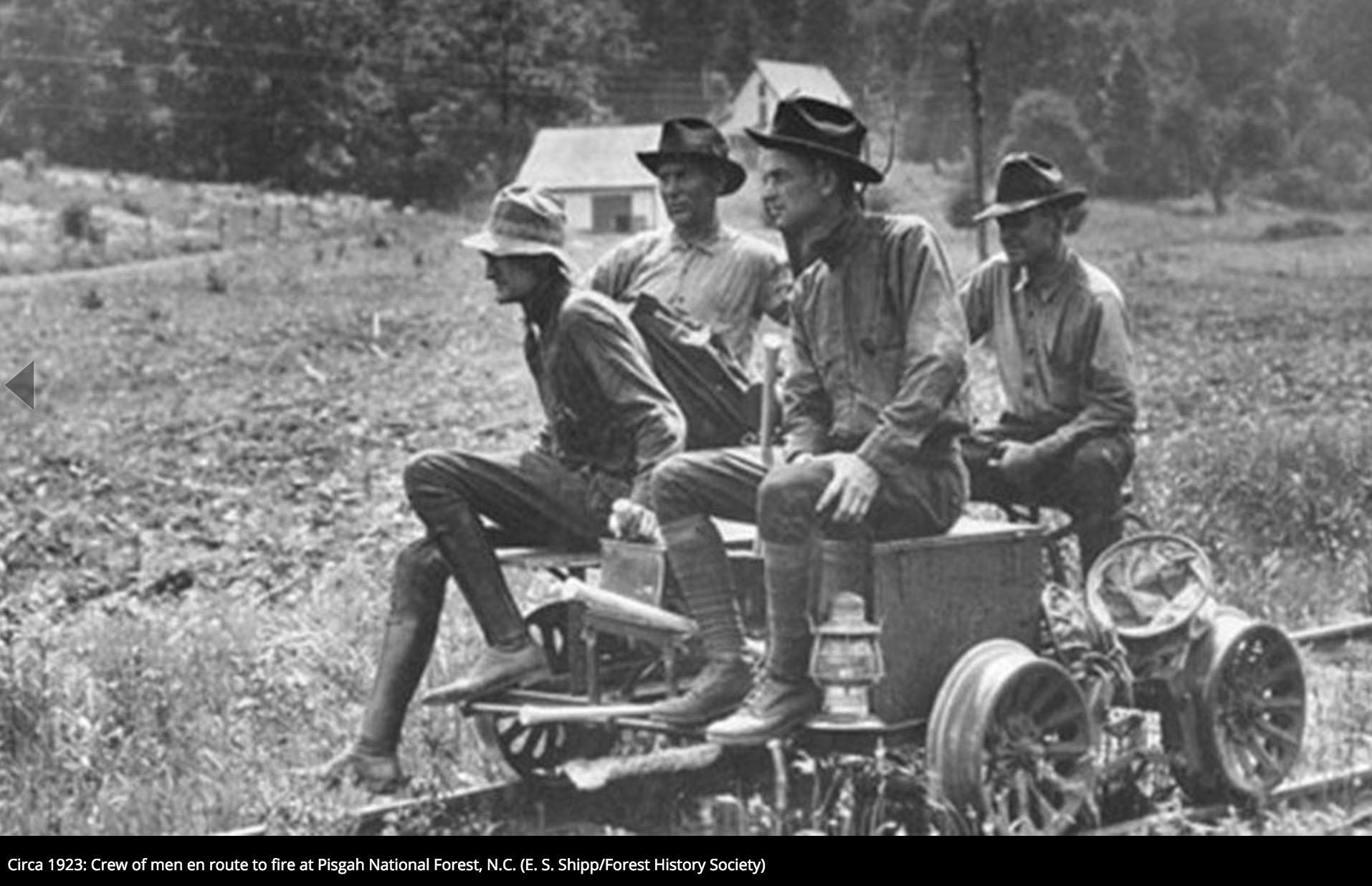
The U.S. Forest Service and the Department of Labor (DOL) have confirmed in a Forest Service internal newsletter and a DOL news release that the Forest Service intends to close 9 Job Corps Civilian Conservation Centers and transfer the remaining 16 centers operated by the Forest Service to the Department of Labor.
It appears that the concept of closing the centers and laying off over 1,000 FS employees originated with the U.S. Department of Agriculture, although it is not clear if it was conceived at a higher level.
In testimony before the Senate Appropriations Subcommittee on Labor, Health and Human Services and Related Agencies on May 2, 2019, Chairman Roy Blunt said to Secretary of Labor Rene Acosta, “…There were a couple of USDA run programs in the country. I have been told they are no longer interested in running those programs.”
Mr. Acosta responded: “USDA has indicated they have concerns as to the effectiveness of those programs. If they do withdraw we would look Job Corps by Job Corps and determine whether to close that center, consolidate it, or convert it into something different.”
The DOL says the administration intends to replace the government employees that are running the remaining 16 centers with contractors. Sources within the Job Corps have told us that after the changes take place the centers will no longer have programs to train the participants in wildland firefighting, prescribed fire, or logistical support for large incidents. This and the conversion to contractor run facilities, according to reports from inside the Job Corps, will result in more than 1,000 FS employees being laid off. We have had inquiries in with the FS and DOL since May 25, asking for more details, but it can be difficult getting responses from government agencies on a holiday weekend.
Firefighting is not the only trade being taught in the centers. Participants in the tuition-free training and education programs can also receive training and earn certificates in a variety of trades, including culinary arts, welding, forestry, health care, information technology, advanced manufacturing, accounting, automotive repair, heavy equipment operation, truck driving, construction, and seamanship.
The Forest Service published a summary for the year 2016 of the accomplishments at the 22 centers that participated in the forestry and firefighting genre. (download the report; very large 14 MB pdf file). It shows that combined, they provided help on 412 assignments involving 1,971 participant assignments (many had more than one), for a total of 368,998 hours.
Below are some details from the report of how one center that is slated by the Administration to be closed, the Pine Knot center in the Daniel Boone National Forest in Kentucky, assisted the Forest Service and other agencies. The text is pasted below, and page 8 about Pine Knot from the report follows the text.
“Pine Knot Job Corps Shines During the 2016 Fire Season
Jamie Tyson, Job Corps Forest Area Fire Management Officer, Daniel Boone National Forest-Pine Knot Job Corps Civilian Conservation Center
“Reflecting their solid training and professionalism, Pine Knot Job Corps Civilian Conservation Students (JCCCC) students worked 13,129 hours on 40 assignments during the 2016 fire season.
“Upon becoming red-carded, Pine Knot Job Corps students are available to support the efforts of the Daniel Boone National Forest and national forests nationwide through a multitude of avenues.
“To support wildland suppression efforts, Pine Knot Job Corps students may participate in camp crew, Firefighter Type 2 (FFT2) and FFT2 Initial Attack (IA) crew assignments, as well as various module or engine configurations. Students are also utilized extensively to assist in completion of national forest priority projects and targets on the Daniel Boone National Forest, especially those pertaining to fuels, stream restoration, trail maintenance, and hazard tree removal.
“At the highest point, nearly 1,000 fire personnel were on the scene to battle the West Mims Fire, ignited by a lightning strike and reported on April 6, 2017, on the Okefenokee National Wildlife Refuge. Behind the scenes are camp crews that provide critical support to wildland firefighting efforts. The West Mims Fire incident managers recognized the Pine Knot Job Corps camp crew as the “unsung heroes” on the fire.”

